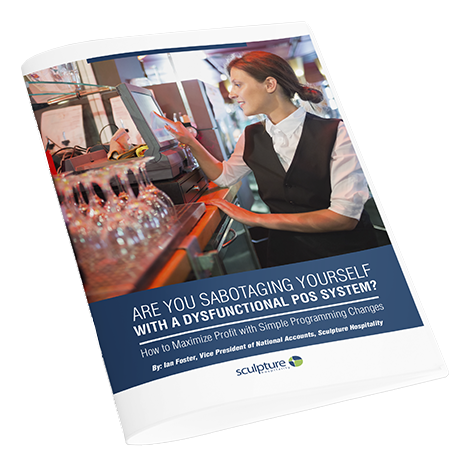Even the most successful bars and restaurants will have to deal with a turnover rate that is significantly higher than other industries. That makes it even more important to have an effective hiring and onboarding process in place. Without a strategic approach to ensuring employee success, you will have to deal with even higher turnover, potentially poor diner experiences and a declining business. Follow these simple tips to create a smooth and effective hiring and onboarding process that will help everyone succeed:
Hiring the Best Employees
It is an employee job market, which means that applicants are getting multiple offers and have some agency when it comes to choosing where they work. Not only do bars and restaurants have to offer competitive compensation along with opportunities for growth, they also have to move fast during the hiring process.
First and foremost, you need to spend some time on your job post. Be sure to list all the crucial details and what applicants can expect to gain from working at your establishment. In the US, it is also a good idea to offer a Spanish translation. This small gesture can increase the number of applicants by 25%.
Moving quickly on qualified candidates is also important. On average, back-of-house applicants are hired within 40 hours. That doesn't leave time for a lot of back and forth and scheduling conflicts. You can speed up the process by immediately communicating via text message. If you begin by leaving a voicemail or sending an email, you may lose out on valuable time. Get right to the point with a well-crafted text message that there are sure to see before that check their inbox, which is probably already full.
Onboarding Best Practices
The best way to ensure consistent training is to begin new hires with a structured orientation that is directed by the owner or manager. Pairing a new employee with a trainer down the road is a good idea, but everyone should start by working with leadership. You want to ensure the entire team adheres to the same set of rules and expectations. When people are immediately handed off to a veteran trainer, it can create inconsistencies that leave management wondering how certain practices came into being.
The orientation should include a checklist and other aids that the employee can read and refer to, along with a tour of the establishment. Don't put the new hire to work right away and let them sink or swim. Take the time to ease them in with introductions, an overview of their responsibilities and other essential work policies.
During the first week, you can hand off the new hire to a trainer, but there should be a lot of communication happening along the way. Management should be asking the trainer about performance and getting as much input as possible. The new employee should also be given structured, constructive feedback that will help them make improvements. This is also an ideal time to speak with them about their impression of the onboarding process, so you can continue to hone your strategies and correct any oversights.
Finally, keep in mind that the onboarding process really has no set end date. While it can be easy to forget about new employees after a month or so, there is no reason that you shouldn't continue to check-in and offer them the feedback and support they need to succeed at their role and become an even more valuable part of the team. Investing time in their success can help reduce turnover rates and create a more pleasant work environment.
.png?width=1200&name=Social%20Webinar%20Image%20(1).png)









